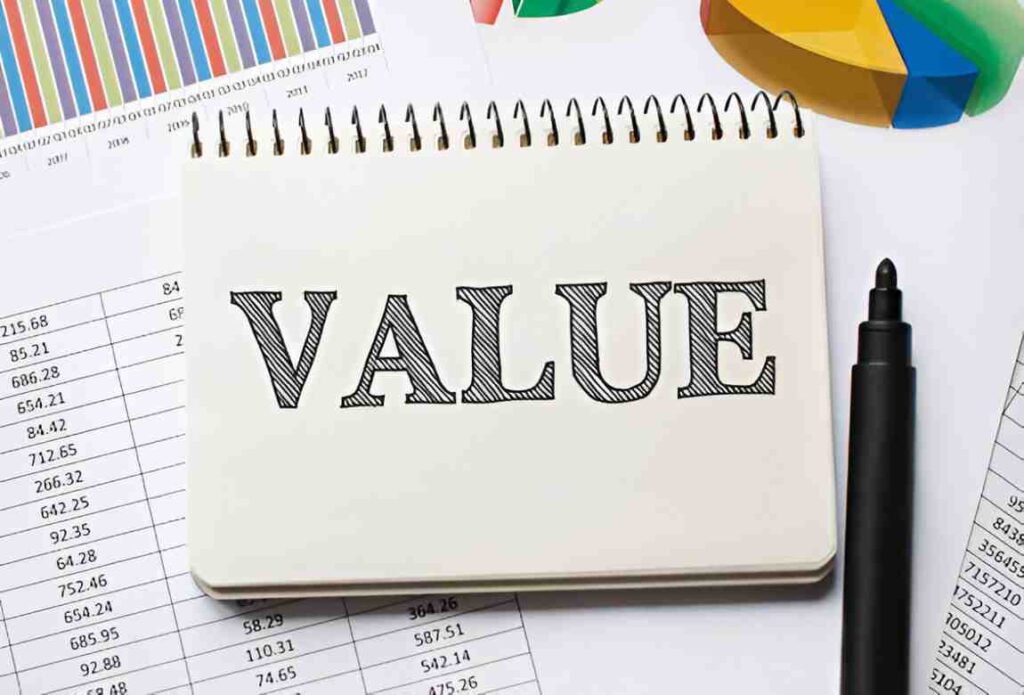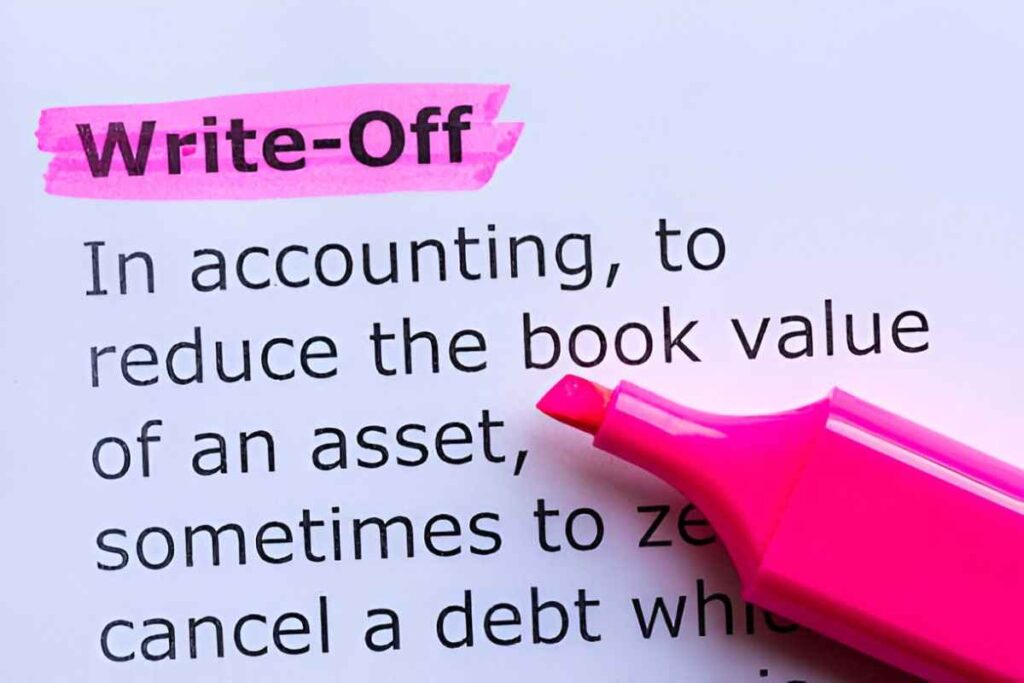In the world of business, managing assets effectively is crucial to ensuring long-term profitability and smooth operations. One important aspect of asset management is dealing with the issue of obsolescence—when assets, typically physical property, machinery, or equipment, lose their value due to factors like technological advancements, changes in market demand, or wear and tear over time. As a business owner or accountant, understanding how to manage and account for depreciation and reserve for obsolescence can help ensure accurate financial reporting and prevent financial losses.
Table of Contents
What is Reserve for Obsolescence?
A reserve for obsolescence is a financial provision that businesses set aside to account for the anticipated decline in value of certain assets. These assets are typically subject to depreciation, and over time, they may become outdated or less useful due to changes in the market, technology, or other factors. The reserve for obsolescence serves as a cushion to offset the reduced value of these assets.
In the context of accounting, obsolescence refers to the decrease in value of an asset that is no longer in demand or has become outdated. For example, consider a business that relies heavily on a specific piece of machinery. Over the years, newer technology may render this machine inefficient or unnecessary. In this case, the machine would need to be depreciated, and a reserve for obsolescence may be established to reflect its reduced value.
Why is Reserve for Obsolescence Important?
The importance of creating a reserve for obsolescence cannot be overstated. Businesses must anticipate the eventual decline in value of their assets to ensure they can manage their cash flow and make informed decisions about reinvestment. Without this reserve, companies could face unexpected financial hardships, as they would not have allocated enough resources to account for the loss in value of their assets.
Here are several reasons why reserve for obsolescence is essential in asset management:
- Accurate Financial Reporting: Businesses must present their financial statements accurately to investors, stakeholders, and regulatory authorities. A reserve for obsolescence helps reflect the true value of assets on the balance sheet.
- Improved Decision Making: By recognizing the potential for obsolescence and depreciation, companies can make better decisions regarding asset replacement, maintenance, and investment strategies.
- Tax Benefits: Depreciation and obsolescence reserves can have tax benefits, as companies may be able to write off the depreciated value of assets, lowering their taxable income.
- Cash Flow Management: Preparing for asset obsolescence helps businesses manage cash flow effectively. By setting aside reserves, a company is better equipped to reinvest in newer, more efficient assets when necessary.
Types of Obsolescence
There are several different types of obsolescence that businesses need to consider when managing their assets. The key types include:
- Technological Obsolescence: This occurs when newer, more advanced technologies make existing assets obsolete. For example, the introduction of advanced computer systems can render older models inefficient and less effective.
- Functional Obsolescence: This type of obsolescence happens when an asset is no longer suited to its original purpose, either because the market has changed or the asset itself is no longer capable of meeting the business’s needs.
- Economic Obsolescence: This occurs due to external factors, such as changes in market conditions, laws, or economic factors that make an asset less valuable.
- Physical Obsolescence: This type of obsolescence arises from the natural wear and tear of an asset over time. Machines and equipment that lose functionality because of prolonged use fall into this category.
Depreciation vs. Reserve for Obsolescence
While both depreciation and the reserve for obsolescence deal with the reduction in value of assets over time, they are distinct concepts. Depreciation is the process by which the value of an asset is systematically reduced over its useful life, while the reserve for obsolescence is a specific allowance set aside to account for assets that may become obsolete before their expected useful life ends.
For example, if you buy a piece of equipment for $50,000 and expect it to last for ten years, you would depreciate its value over that period. However, if you anticipate that technological advancements will make the equipment obsolete in five years, you might also create a reserve for obsolescence to cover the difference.
How to Calculate Reserve for Obsolescence
To properly manage a reserve for obsolescence, it is important to calculate the expected decline in value of assets. This can be done using several methods, depending on the business’s needs and the specific circumstances surrounding the assets. Below, I will walk you through a basic method of calculating the reserve for obsolescence.
Example Calculation
Let’s consider a manufacturing company that owns a machine purchased for $100,000. The machine has a useful life of 10 years, but the company expects it to become obsolete in 6 years due to advancements in technology. In this case, the company will need to set aside a reserve for obsolescence.
To calculate the reserve for obsolescence, the company would estimate the expected value of the machine after 6 years and set aside the difference between the original cost and the anticipated value. Let’s assume the machine will be worth $40,000 after 6 years.
The calculation for the reserve would be as follows:
- Original Cost of the Machine = $100,000
- Expected Value After 6 Years = $40,000
- Reserve for Obsolescence = Original Cost – Expected Value \text{Reserve for Obsolescence} = 100,000 - 40,000 = 60,000
In this example, the company would need to set aside a reserve of $60,000 to account for the anticipated obsolescence of the machine.
Managing the Reserve for Obsolescence
Once the reserve for obsolescence has been calculated, it’s important for businesses to manage it effectively. This involves periodically reviewing the reserve and adjusting it as needed. Factors such as changes in technology, market demand, or the physical condition of assets can affect the accuracy of the reserve, so regular assessments are necessary.
One effective method for managing the reserve is to conduct an annual review of the company’s assets and assess their current value. This will allow the business to adjust the reserve as needed and ensure that it is accurately reflecting the assets’ anticipated obsolescence.
Impact on Financial Statements
The reserve for obsolescence impacts a company’s balance sheet and income statement. On the balance sheet, the reserve reduces the carrying value of the asset. On the income statement, depreciation and obsolescence expenses are recorded, which reduce taxable income.
For example, if the company in the previous example has a reserve for obsolescence of $60,000, this will be reflected in the balance sheet as a reduction in the asset’s value. Over time, the company will also record depreciation and obsolescence expenses on the income statement.
Reserve for Obsolescence vs. Regular Depreciation
There are significant differences between regular depreciation and the reserve for obsolescence, though both deal with asset value decline. Regular depreciation is applied systematically over the asset’s expected useful life, while the reserve for obsolescence is often a one-time adjustment based on factors that may cause the asset to become obsolete before the end of its useful life.
Below is a table comparing the two concepts:
| Criteria | Depreciation | Reserve for Obsolescence |
|---|---|---|
| Purpose | To systematically reduce the value of an asset over time | To account for the potential for assets to become obsolete |
| Application | Applies to all depreciable assets | Applied when obsolescence is anticipated before the end of the asset’s useful life |
| Calculation Method | Straight-line, declining balance, or other methods | Estimated based on the expected decline in value |
| Impact on Financials | Affects balance sheet and income statement regularly | Typically a one-time adjustment to the asset’s value |
Final Thoughts
In conclusion, managing depreciation and establishing a reserve for obsolescence are critical aspects of asset management in any business. By setting aside a reserve for obsolescence, businesses can better prepare for the eventual decline in the value of their assets, whether due to technological changes, market shifts, or natural wear and tear. This proactive approach helps maintain accurate financial statements, supports better decision-making, and ensures the business can continue to operate smoothly even as its assets lose value over time.





